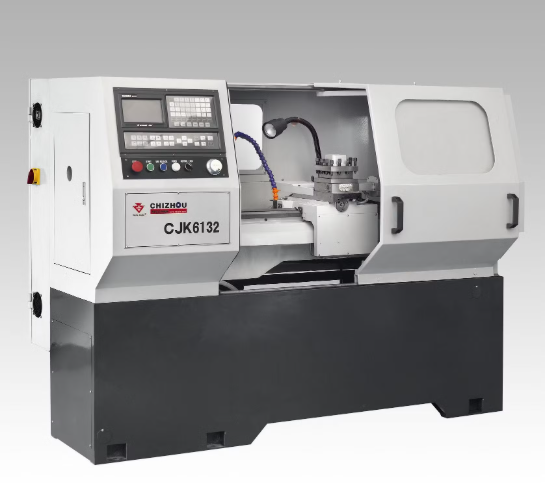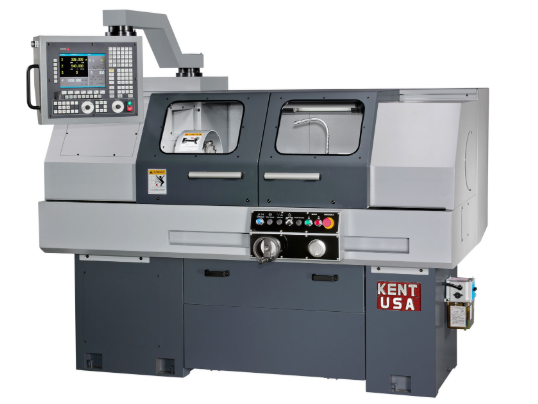
Introduction to CNC Lathe Machines
CNC lathe machines are a type of precision machinery that use computer programs to control the movement of cutting tools. Unlike conventional lathes that require manual operation, CNC lathes automate the machining process, improving speed, accuracy, and repeatability.
How CNC Lathe Machines Work
CNC lathe machines operate using pre-programmed software (G-code) that directs the machine’s functions, such as:
-
Rotating the workpiece
-
Moving the cutting tool in specific paths
-
Adjusting feed rate and speed
-
Managing tool changes automatically
The process starts with designing a part using CAD (Computer-Aided Design) software. This design is then converted into CAM (Computer-Aided Manufacturing) instructions, which the CNC system reads to execute precise movements.
Key Components of a CNC Lathe Machine
-
Headstock: Contains the motor and spindle for rotating the workpiece.
-
Bed: The base of the machine providing support and alignment.
-
Carriage: Holds and moves the cutting tool.
-
Tailstock: Used for supporting the other end of the workpiece (if needed).
-
Control Panel: Interface for inputting commands and monitoring operations.
Advantages of CNC Lathe Machines
-
Precision and Accuracy: Achieves tolerances within microns, ideal for complex parts.
-
Automation: Reduces the need for manual intervention, minimizing errors.
-
Repeatability: Produces identical parts with consistent quality.
-
Efficiency: Speeds up production and reduces downtime.
-
Flexibility: Easily reprogrammed for different tasks or designs.
Applications Across Industries
CNC lathe machines are widely used in:
-
Automotive: Manufacturing engine components, shafts, and gears.
-
Aerospace: Producing turbine parts, fittings, and high-precision components.
-
Medical Devices: Crafting surgical instruments and implants.
-
Electronics: Fabricating small, intricate metal parts.
-
Defense and Military: Creating durable and accurate equipment parts.
Future of CNC Lathe Technology
As smart manufacturing and Industry 4.0 continue to evolve, CNC lathe machines are integrating with AI, IoT, and cloud computing. These enhancements enable predictive maintenance, remote monitoring, and even self-optimization, pushing the boundaries of productivity.

Conclusion
CNC lathe machines represent a leap forward in manufacturing technology, offering unmatched precision, automation, and versatility. As industries continue to demand higher productivity and tighter tolerances, CNC technology will remain at the heart of modern machining operations.

You must be logged in to post a comment.